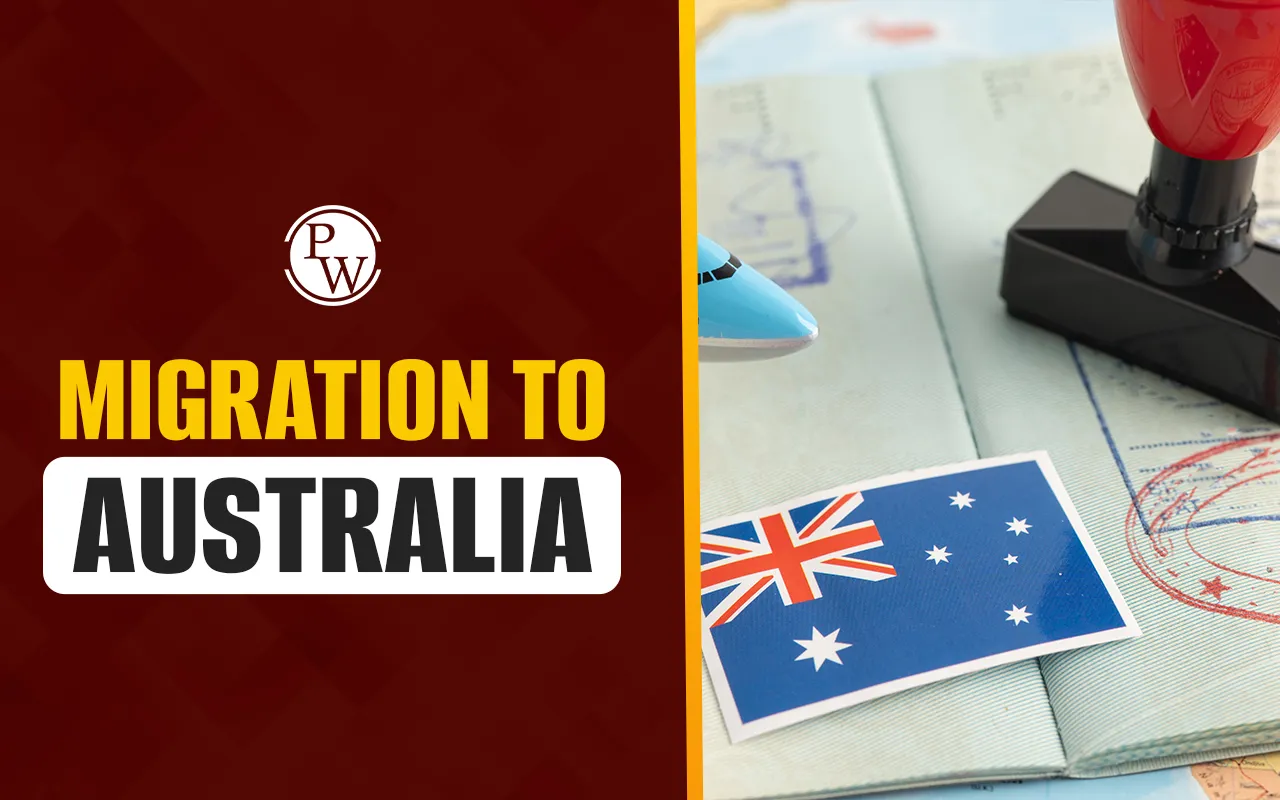

Migration to Australia: Many people dream of moving to Australia for a better life, good education and good career opportunities making it a popular choice for immigration.
Planning your future in the Land Down Under requires precise, up-to-date information, particularly as the country has announced its new program planning levels.
The journey to permanent residency in Australia is primarily managed by the Department of Home Affairs, which oversees various visa subclasses tailored for skilled workers, business professionals and family members.
Migration to Australia Overview
The Australian Government has set the Migration to Australia by year planning level for the 2025–26 permanent Migration Program at 185,000 places. This level maintains the settings from the previous year demonstrating a consistent focus on attracting skilled individuals and reuniting families.
The program is divided into two main streams:
-
Skill Stream: Designed to boost the nation economic productivity and address labour shortages especially in regional areas.
Allocation for 2025-26: 132,200 places (approximately 71% of the total program).
-
Family Stream: Primarily composed of Partner visas, this stream allows Australian citizens and permanent residents to sponsor and reunite with their family members.
Allocation for 2025-26: 52,500 places (approximately 28% of the total program).
Primary Pathways for Migration to Australia
Choosing the correct visa subclass is the most critical step. The pathways are based on your skills, experience and family connection to Australia.
Skilled Migration Visas
These visas are points-tested and require a formal Expression of Interest through the SkillSelect system.
-
Skilled Independent Visa (Subclass 189): For skilled workers who are not sponsored by an employer, state, or family member. This is a permanent visa.
-
Skilled Nominated Visa (Subclass 190): This permanent visa requires nomination from an Australian state or territory government with the applicant committing to live in the sponsoring state for a specified period.
-
Skilled Work Regional (Provisional) Visa (Subclass 491): A provisional 5-year visa that requires nomination from a state/territory or sponsorship by an eligible family member. It provides a pathway to permanent residency after meeting specific living and working conditions in a regional area.
Family Migration Visas
This is the key pathway for how to migrate to Australia with family, enabling partners, parents and children of Australian citizens or permanent residents to join them.
-
Partner Visas (Subclasses 820/801 and 309/100): Allow the spouse or de facto partner of an Australian citizen, permanent resident, or eligible New Zealand citizen to live in Australia.
-
Parent Visas: Designed for parents who wish to migrate to Australia permanently to be with their children. Due to high demand these visas often have long processing times, even for the contributory streams.
-
Child Visas: For dependent children, including adopted children, of an Australian citizen or permanent resident.
Step -by-Step Process for Immigration to Australia
The official portal for all migration and visa-related services is the Department of Home Affairs Australia immigration website. The process for skilled migration involves:
-
Visa Selection: Use the official Visa Finder tool on the Department of Home Affairs website to identify the most suitable visa subclass based on your qualifications and circumstances.
-
Skills Assessment: Have your qualifications and work experience assessed and certified by the relevant Australian assessing body for your nominated occupation. For trades, this is typically Trades Recognition Australia.
-
English Proficiency: Prove your language ability by taking an accepted English test such as IELTS, PTE Academic, or TOEFL iBT.
-
Expression of Interest (EOI): Lodge an online EOI via the SkillSelect system, which calculates your points score based on factors like age, education, and experience.
-
Invitation to Apply (ITA): If your EOI meets the competitive points threshold, you will receive an Invitation to Apply for the specific visa subclass.
-
Visa Application: Submit your final visa application, including all required documents (health/character checks, police clearance certificates, skills assessment, etc.) through the ImmiAccount portal.
Immigration to Australia from India
India is a major source country for new migrants to Australia consistently demonstrating a high rate of increase in new arrivals. The process for Immigration to Australia from India follows the same skilled or family migration pathways detailed above.
Key considerations for applicants from India:
-
Skilled Visas: Many Indian professionals apply through the Skilled Independent (189) or State Nominated (190/491) streams, targeting occupations in sectors with high demand.
-
Work and Holiday Visa: Indian passport holders are eligible to register in a visa ballot for the Work and Holiday (Subclass 462) visa, allowing those aged 18 to 30 to work and holiday for a year. This arrangement was established under the Australia-India Economic Cooperation and Trade Agreement (AI-ECTA).
-
Biometrics: Applicants in India, along with other countries, are part of the biometrics program and will be required to provide their biometrics at a Visa Application Centre.
Migration to Australia Statistics (2025-26 Program)
The Migration to Australia Statistics for the 2025-26 planning year emphasize a continued focus on economic recovery and skills-based immigration.
|
Migration to Australia Statistics (2025-26 Program) |
||
|
Visa Stream |
Visa Category |
2025-26 Planning Levels (Approx.) |
|
Skill Total |
Employer Sponsored |
44,000 |
|
Skilled Independent |
16,900 |
|
|
Regional |
33,000 |
|
|
State/Territory Nominated |
33,000 |
|
|
Talent and Innovation (New) |
4,300 |
|
|
Family Total |
Partner (Demand Driven) |
40,500 |
|
Parent |
8,500 |
|
|
Total Program |
185,000 |
|
